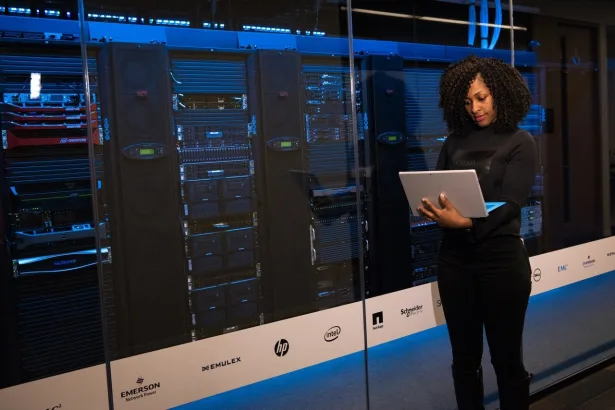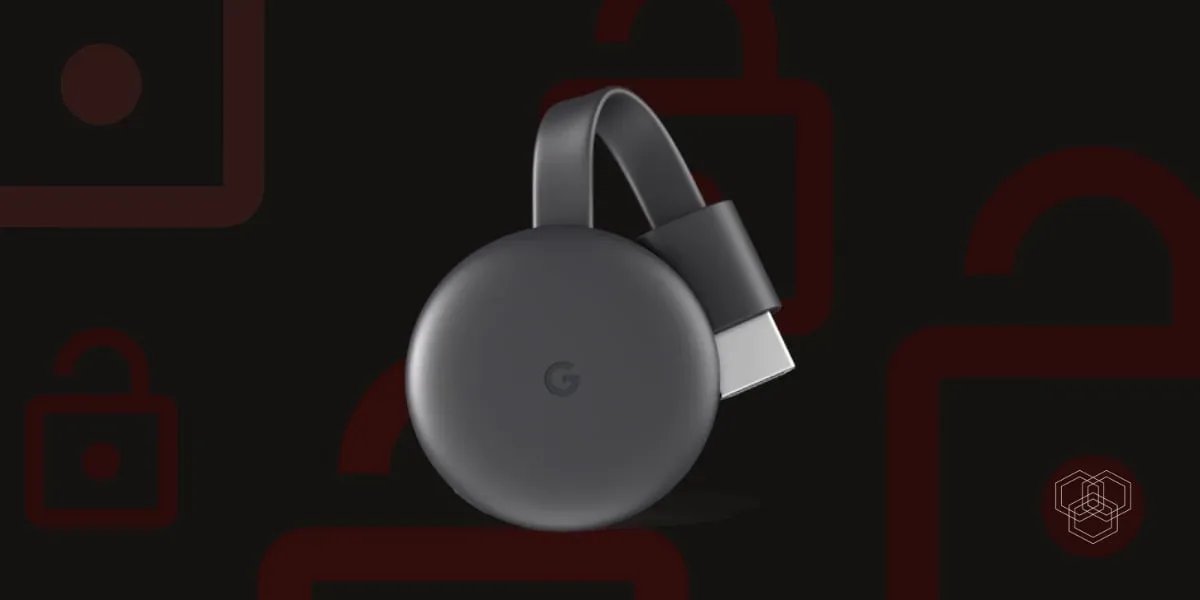Cloud security encompasses various components and requires specific tools to safeguard its different aspects.
Cloud computing security encompasses various technologies and tools to safeguard different areas of the cloud security model. While users of this model are not accountable for the overall infrastructure security, they are responsible for safeguarding data against theft or leakage.
Many of these security measures in the cloud security solutions are similar to the conventional computer security aspects, but there are some significant differences. Whether you integrate the whole thing in public or private, it is essential to implement all these security measures that create less friction and deployment that do not get in the way of the agile features of cloud computing environments.
Table of Contents
1. Public Cloud
The public cloud is a computing model that sends computer services over the internet. A third-party cloud service like Google Cloud or Microsoft owns and operates the infrastructure. Public cloud deployments are used for routine services like web-based and storage apps, testing, and creating new services.
Based on most of the used cloud resources and the traffic generated, these environments are given payments either on annual subscriptions or per user. Within a public cloud service environment, you can share a fundamental infrastructure base with other companies and assess all the services and resources via the account. Public services have many advantages for the business, including creating large scales of services internationally and locally without investing in heavy capital.
2. Private Cloud
The entire network is dedicated to a specific business or company in a private cloud system. The ownership can be either completed by the company or a combination of a third-party service provider. It is also within business operations, similar to the public cloud system. All other applications function within the private cloud service environment, including websites, data and machine learning applications, and databases.
Personal cloud services offer similar advantages to public cloud services, such as increased scalability and cost savings. However, they also guarantee greater resource availability and control, ensuring compliance with privacy regulations. This makes private clouds more appealing to organizations such as government agencies or schools that meet specific data location requirements.
3. Hybrid Cloud
A hybrid cloud is instead a combination of on-site premises, whether a private or public cloud database that is combined or a separate entity. In a hybrid database, this information and apps can move together between different environments, which gives more flexibility- like companies looking to expand their cloud computing services for more specific usages that suit the cloud service computing properly.
For example, the corporation will use public cloud computing services for high-volume or web-based apps. In contrast, companies will use private cloud computing services for critical, sensitive business operations such as financial reporting. Often regarded as the best between the best worlds, it can adapt and is attractive for many companies.
4. Cloud Security Effects
Cloud services have many benefits for companies searching for cutting down their data center footprints or growing more business. Thus, the ability to go into cloud environments from any location as long as you are online has increased the number of attacks. The biggest cloud security challenges created by cybersecurity experts stated in the reports that there had been data loss due to hacks in data privacy and breaches of data confidentiality.
Many cloud services belong to three things: Misunderstanding how the cloud computing service model works, using resources that were not correctly configured, or failing to handle security controls at a rate of rapid innovation that is normal in the cloud. Having a proper cloud strategy and implementing security tools specifically made to make these environments stable is critical. To make sure these security duties are fulfilled, companies need equipment that produces:
- Visibility on activity in cloud apps.
- Detailed analytics on using anything that can prevent risk to information and comply with any data breach.
- Policy controls that can adequately drive enforcement and alter when violations are occurring.
- Live threat intelligence on threats that have been identified and non-identified to detect and prevent new viruses and malware from entering the system.
In the face of large threats, companies must use tools created and explicitly made to know those cloud threats identified in real-time, know how severe they are, and act on them immediately. Moreover, additional security must be implemented in the whole database to adapt if there is a threat of data violation.
With today’s latest technology, proper security can also cut down on successful breaches. It has to secure the whole computer database, including different cloud environments and the companies’ information in various data centers and mobile users. A proper, consistent approach will give out adequate visibility and more control across the whole company and adequately utilize the database properly.





This article does a great job explaining the different aspects of cloud security. It’s important to understand the differences between public, private, and hybrid clouds.
I appreciate the emphasis on the importance of implementing proper security measures in cloud computing environments. It’s crucial to protect against data theft and leakage.
I didn’t realize that companies using cloud services need to have visibility on activity in cloud apps and detailed analytics. It’s good to know that there are tools available for this.
The mention of policy controls and live threat intelligence is essential. It’s crucial for companies to have the ability to detect and prevent new viruses and malware from entering the system.
I agree that a consistent approach to security is necessary to protect the entire database. This article highlights the importance of proper security measures in cloud computing.
It’s interesting to learn about the benefits and challenges of cloud security. The article provides valuable insights into the tools and equipment needed to protect cloud environments.
I don’t understand why companies would choose to use public cloud when it means sharing infrastructure with other companies. It sounds like a security risk.
Private cloud seems like the better option if you want more control over your data. You don’t have to worry about sharing resources with other companies.
Hybrid cloud sounds like a good compromise between public and private. Companies can use the public cloud for non-sensitive operations and the private cloud for sensitive data.
It’s concerning to hear that there have been data breaches in cloud environments. Companies need to invest in strong security measures to protect their data.